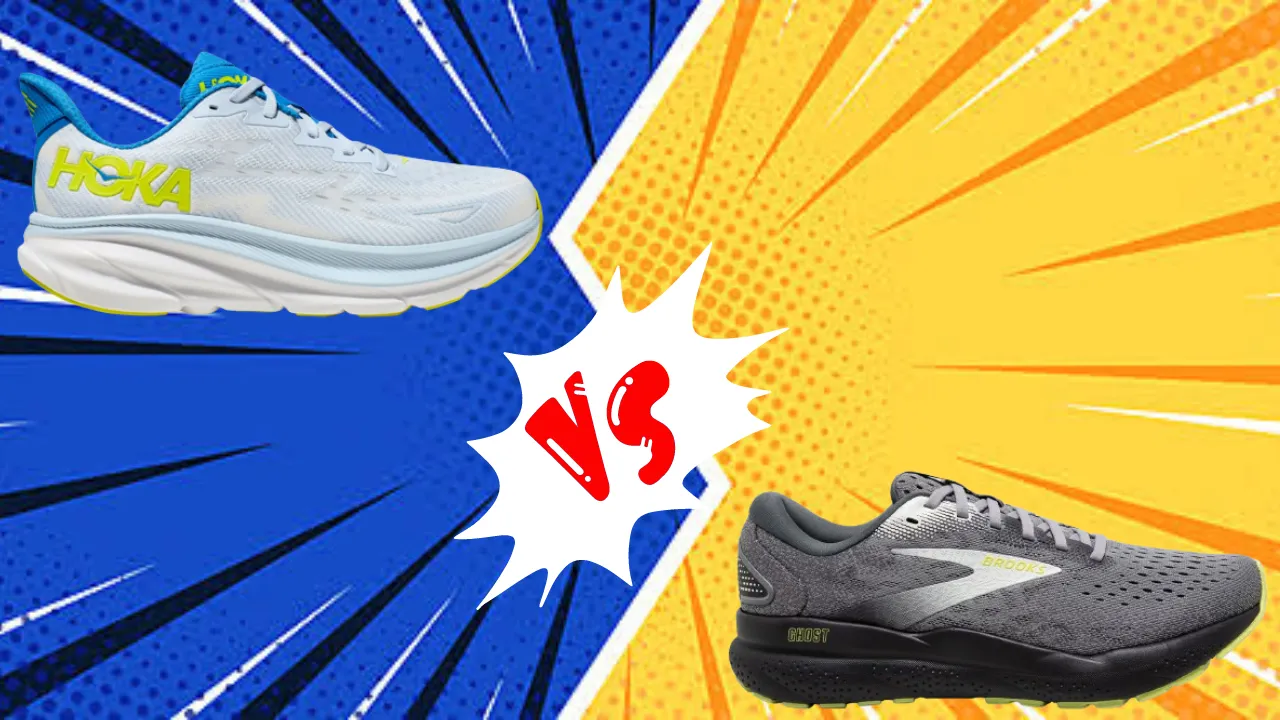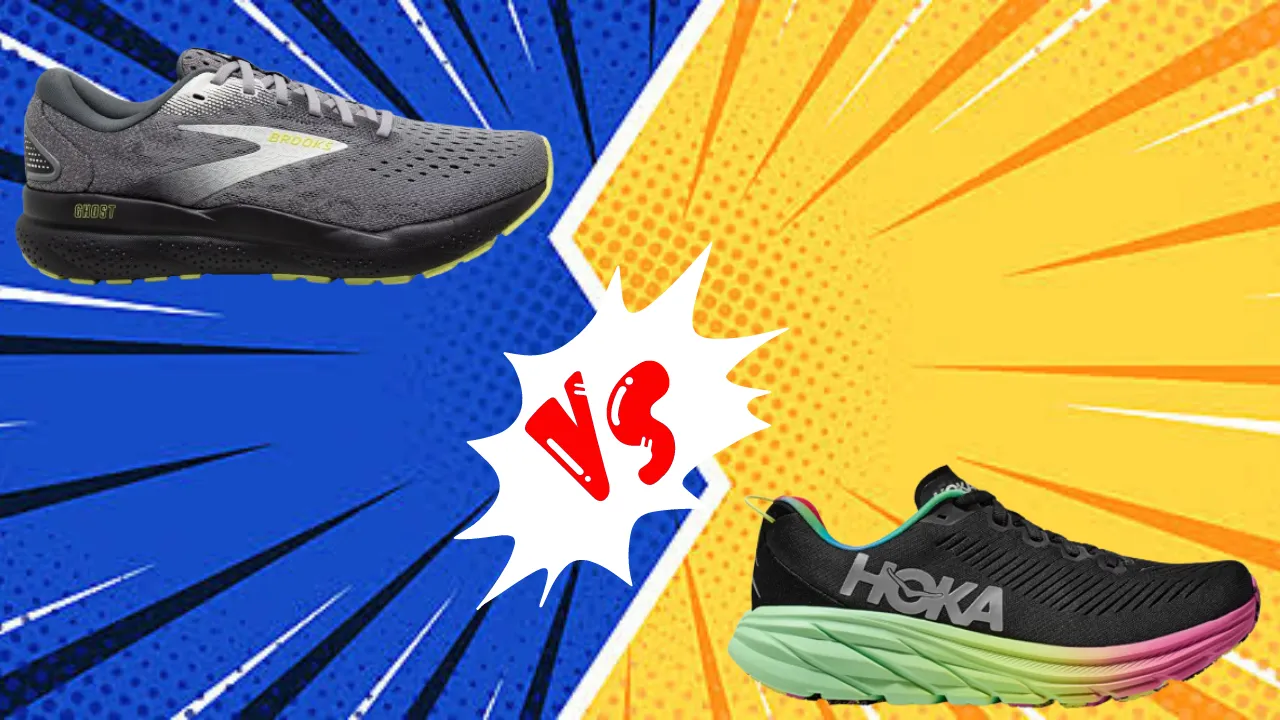Mizuno vs Saucony: Which Is Better?

When it comes to running shoes, Mizuno and Saucony are two giants in the industry. Both brands have been around for over 100 years and have carved out reputations for crafting durable, supportive and comfortable shoes tailored to runners’ needs. While they share some similarities, Mizuno and Saucony shoes do have distinct styles, features and fits.
This comparison will break down the key factors so you can decide whether your next pair of running shoes should come from Mizuno or Saucony. Looking at aspects like fit and feel, price, style, performance and more, you’ll get a better sense of what sets these two brands apart. Keep reading to learn which one is the best match for your running requirements and preferences.
Comparison Table
| Category | Mizuno | Saucony |
|---|---|---|
| Founded In | 1906, Osaka, Japan | 1898, Kutztown, Pennsylvania |
| Comfort & Fit | Snugger fit, Firm heel counter for support | Roomy toe box, Plush cushioning |
| Color Options | More limited colorways | Vibrant color options |
| Durability | Very durable, Can last 500+ miles | Durable, Average 300-500 mile lifespan |
| Performance | Excellent stability for overpronators | Provides good shock absorption |
| Design & Style | Simple, performance-focused aesthetic | Contemporary lifestyle designs |
| Popularity | Less popular in casual wear, Popular with runners | Growing popularity in lifestyle shoes |
| Best Selling Model | Wave Rider | Kinvara |
Mizuno Overview:
Founded in 1906 in Japan by Rihachi Mizuno, Mizuno is steeped in a long heritage of innovative sports footwear.
While newer to the American running shoe scene than some brands, Mizuno has quietly built a following for its responsive, well-balanced performance.
Mizuno running shoes utilize technologies like Enerzy foam cushioning and Wave Plates engineered into the midsole to provide a springy yet stable platform. The smooth but supportive ride makes Mizuno a great choice for tempo runs and speed workouts.
The breathable mesh uppers hug feet securely but allow adequate airflow on hot runs.
Mizuno shoes run slightly narrow but are tailored to most foot shapes with a curved anatomical last. Sizes accommodate regular and wider width options.
The outsoles use durable carbon rubber in high-wear areas for impressive longevity over hundreds of miles. Traction lugs grip well on varied terrain from tracks to light trails.
While the shoes skew minimalist rather than heavily cushioned, the responsive foam and smooth transitions still offer plenty of comfort for long distances. Testers note the quality of craftsmanship and attention to detail shine through.
For runners seeking a well-balanced shoe for mid to high-mileage training, Mizuno delivers a harmonious blend of comfort, responsiveness, and versatility at a reasonable price point.

Rihachi Mizuno
Saucony Overview:
Saucony has been crafting high-quality athletic shoes since 1898 when the brand was founded in Kutztown, Pennsylvania.
Known for their cushioned and supportive fit, Saucony running shoes are designed to provide versatility for runners of all levels.
They incorporate features like PWRRUN+ midsole foam, FORMFIT uppers, and Everun in the outsole to deliver a smooth, flexible ride.
Saucony offers a wide range of pronation control options like their neutral, stability, and motion control shoes.
Their shoes also accommodate different arch types with models featuring low to high arch support.
While the average price point is around $100, Saucony has options spanning from $55 for basic models to $275 for their top designs.
They have a classic, sleek aesthetic that works for athletic training as well as casual everyday use. Saucony is a brand with broad appeal across the running community.
One of their popular model Kinvara is a light, flexible shoe perfect for tempo runs and racing. For runners seeking a reliable, well-cushioned workhorse of a shoe, Saucony delivers quality and performance.
Major Differences Between The Brands:
Comfort And Fit:
The fit and feel of Mizuno vs Saucony shoes differs quite a bit. Mizuno shoes cater to narrow and medium width feet. They hug the heel and midfoot snugly while allowing some toe splay room up front.
Saucony shoes have a more rounded, spacious toe box area and tend to fit wider feet better overall. The cushioning is also softer and more plush in Saucony shoes.
Durability And Performance:
Mizuno and Saucony both make durable shoes that hold up well over miles of wear. Mizuno shoes are particularly hardy, with some models lasting over 500 miles.
The Wave plate technology provides excellent stability for overpronators. Saucony shoes deliver good bounce and shock absorption from features like the responsive PWRRUN foam. The average lifespan of a Saucony shoe is 300-500 miles.
Price:
Mizuno shoes are generally pricier, ranging from $130 up to $180 for specialty models. Saucony has greater price diversity, with options from $60 for basic styles up to $170 for maximal cushioned shoes with all the bells and whistles. Overall, Saucony tends to be easier on the wallet.
Design And Style:
The look and aesthetics of Mizuno and Saucony shoes differ quite a bit. Mizuno has a simpler, performance-driven design ethos. The look prioritizes lightweight support rather than turning heads.
Saucony incorporates lifestyle elements into some of its shoes, with colorful knit uppers and attractive sculpted midsoles. They offer contemporary styling in models like the Kinvara and Freedom ISO.
Popularity:
While serious runners love Mizuno shoes, the brand doesn’t have as much recognition or street cred with the casual sneaker crowd. Saucony has grown its popularity outside just athletic circles, with lifestyle models that function well for everyday wear. The Kinvara and Ride ISO are especially popular today as stylish, comfortable options.
Target Market:
The ideal Mizuno customer is a dedicated runner willing to pay more for excellent stability and durability. Saucony appeals to a wider range of casual gym-goers, new runners, and walking enthusiasts who want comfort along with sporty style.
Performance Comparision:
How do Mizuno and Saucony stacks up for different running needs? Here’s a rundown of how they compare for key running uses.
For Stability:
Mizuno is the clear winner for runners who overpronate and want stability features to correct excess foot rolling. Models like the Wave Inspire utilize the Wave plate and firmer medial post to prevent the foot from collapsing inward on impact. Saucony stability shoes like the Guide ISO do have solid midfoot support, but can’t match Mizuno’s superior motion control.
For Cushioning:
Plush “cloud-like” cushioning gives Saucony the advantage in this category. The highly shock-absorbent PWRRUN foam and FORMFIT upper live up to the hype, cradling the foot in softness step after step.
While Mizuno shoes are comfortable for many, some find them on the firmer side, especially for long distances. Saucony takes the gold for giving sore knees and joints a well-padded reprieve.
For Lightweight Performance:
When it comes to lightweight, flexible shoes for faster paces, Saucony pulls ahead. Models like the Kinvara and Freedom ISO are impressively lightweight while still delivering adequate underfoot protection. Mizuno shoes skew a bit heavier and aren’t the first choice for race days or speed work. The Saucony Endorphin line is crafted specifically for race day PRs.
For Traction And Versatility:
Mizuno and Saucony both make trail shoes with great traction for unpredictable terrain. Mizuno trail shoes have a slight edge for aggressive gnarly trails since they offer superior stability and protection. For road to trail versatility though, Saucony’s Peregrine model takes the win for its ability to adapt to mixed surfaces.
Final Verdict:
In the battle of Mizuno vs Saucony, there is no single clear “winner” or better option. The right brand for you depends entirely on your foot shape, running needs and personal preferences.
Here are some final tips on choosing between the two:
- If you have narrow feet that need stability, Mizuno is an excellent match
- For wide feet that prefer a softer feel, Saucony is a great choice
- Overpronators benefit most from Mizuno’s motion control features
- If you want lightweight, flexible performance shoes, Saucony delivers
- Maximum plush cushioning is found in Saucony’s specialty foams
- For a durable shoe that evenly distributes shock, Mizuno is hard to beat
Hopefully this detailed breakdown gives you more insight into how Mizuno and Saucony running shoes compare. Keep your own running style, fit needs and preferences in mind as you choose your next pair.
And of course, it never hurts to visit your local running specialty store and try on shoes from both brands to determine which feels best on your feet!











